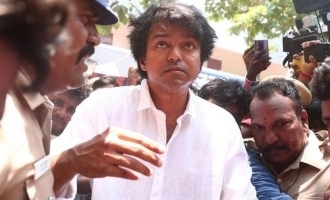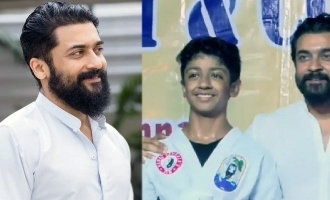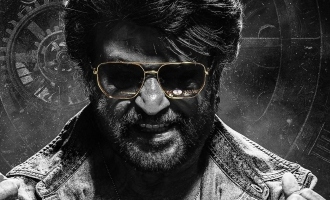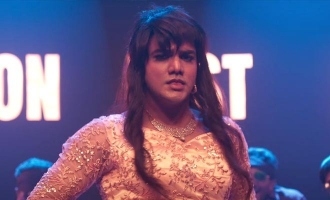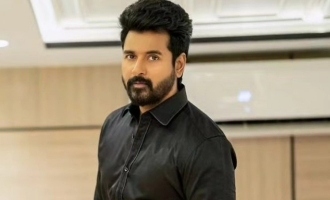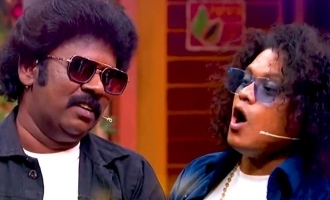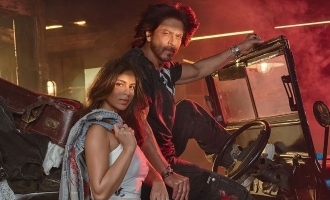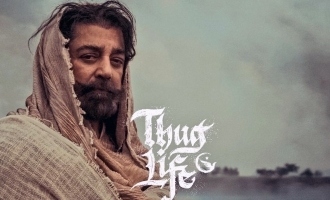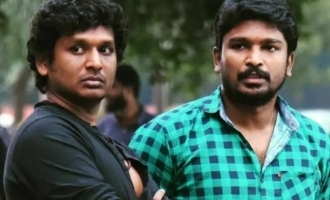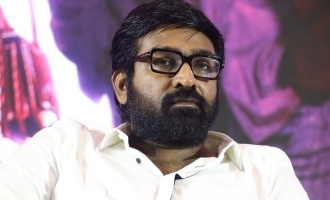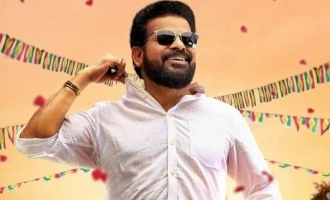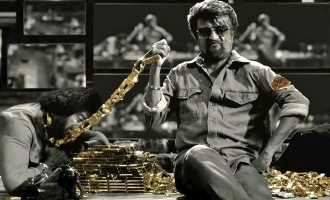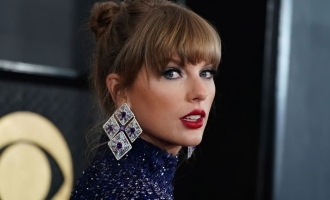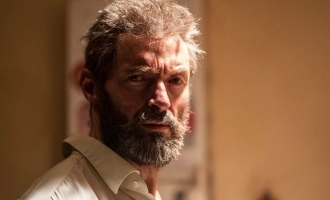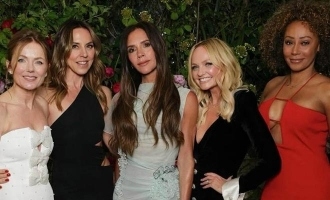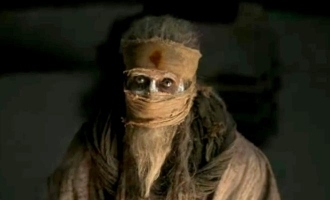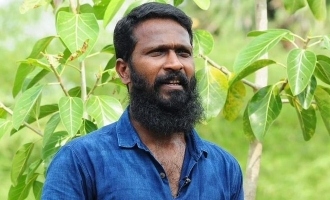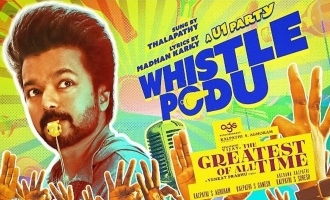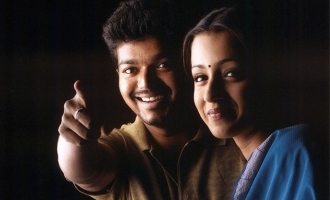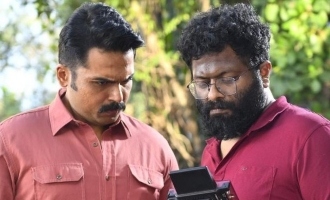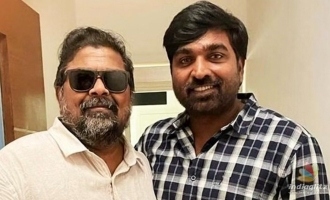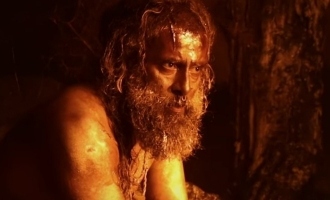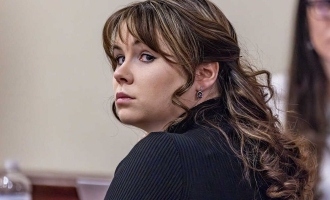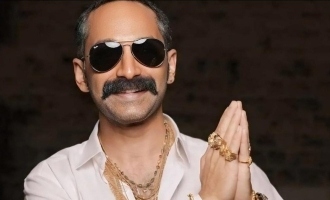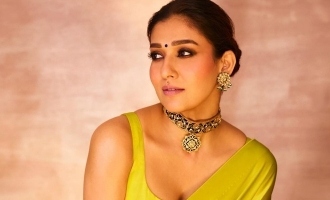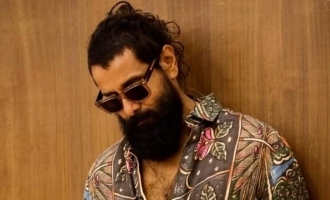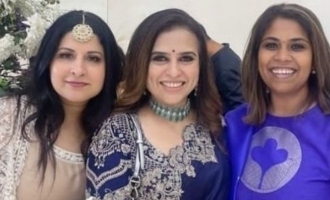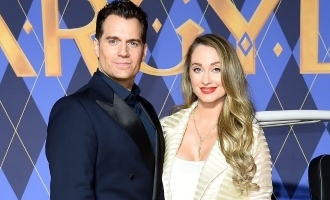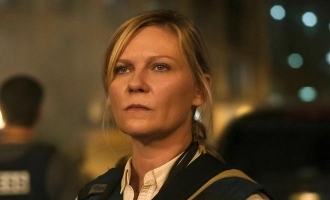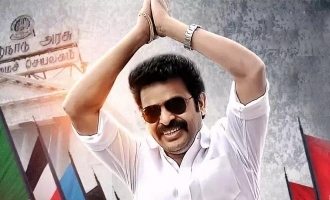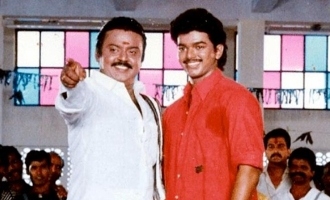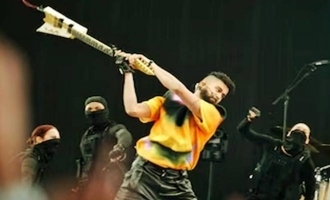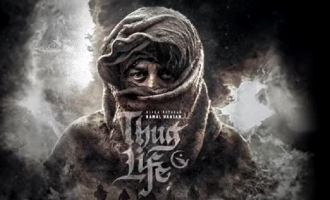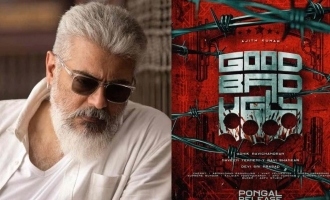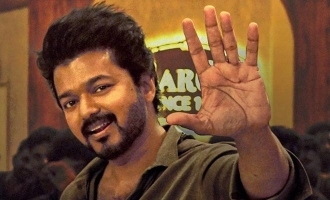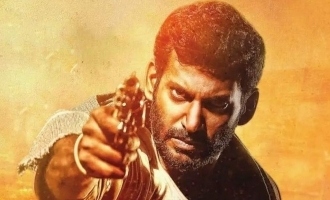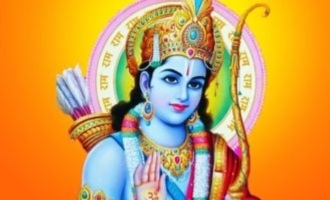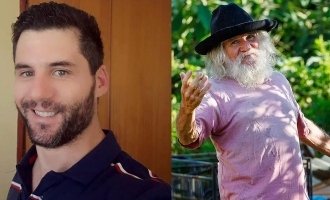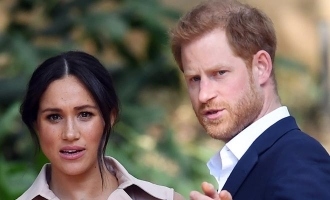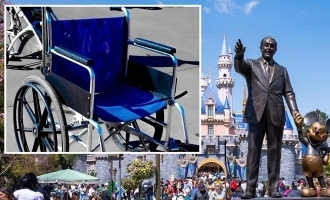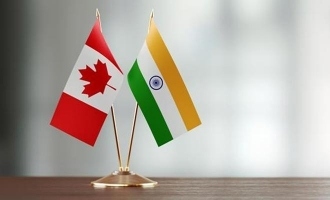Are our Bilinguals 'Original' in both languages?


Send us your feedback to audioarticles@vaarta.com


Bilinguals have started catching up as a trend in Tamil cinema. Many directors and producers are opting for bilingual films instead of remakes since they can capture markets of two states with one film at a time. But very rarely do the makers give the care and hardwork it requires to be true to the bilingual` tag of the film.
Most of the films that have reached Tamil audience with the name of bilingual in recent times have given the feeling of watching a dubbed film rather than a original Tamil film. A look into the evolution of bilingual films over the years will be helpful to analyze how the originality aspect threatens to fade away.
How was it in black & white era?
Bilingual or multi-lingual films are not entirely new for Kollywood. The concept was popular in the 1950s itself. Pathala Bairavi` and Maya Bazar` were both Tamil-Telugu bilinguals and were the most popular blockbusters of that era. They were not only successful in both languages, but also highly loyal to the bilingual tag. Intrestingly both the films were directed by Kadiri Venkata Reddy and produced by Vijaya Vauhini Studios (now Vijaya Productions) which is vibrantly involved in film production to this date.

In Pathala Bairavi` NTR was the hero while in Maya Bazar` he played an important supporting role of Lord Krishna, the character he immortalized in many Tamil and Telugu films. NTR was the super star of Telugu Cinema who eventually become the state`s Chief Minister like our MGR. But he spent his early years of life in Tamil Nadu and spoke chaste Tamil. This made him equally popular in Tamil Nadu.
S.V. Ranga Rao was another actor who played an important role in both the films. Born into a Telugu family, Rao was equally popular among Tamil and Telugu audiences for the remarkable character and negative roles he played in both languages.
Maya Bazar` had a list of common actors as well as different actors in the two versions. While Savitri played the heroine in both the languages Gemini Ganesan and Akkineni Nageswara Rao played the male lead in Tamil and Telugu versions respectively.
In those days all films were taken within the premises of studios and most of the studios in that era were located in Madras (now Chennai). So the locations was not a problem.
But the makers made sure that the letters and texts appearing within the film are displayed in the language of the film. All the scenes were shot twice. All the common cast members were proficient in both the languages. Such was the utmost care taken to stick to originality in bilingual films.
In the hands of a strict professional
In the last decade bilinguals started getting popularised as a few accomplished directors ventured into it. Director Mani Ratnam who commands a Pan-Indian admiration and market attempted to capture the bigger Bollywood market with two Hindi-Tamil bilinguals. In 2004 it was Aaytha Ezhuthu` (Tamil) and Yuva` (Hindi); in 2007 it was Raavanan` (Tamil) and Raavan` (Hindi). Sadly both the attempts were not commercially successful in both lanuguages.
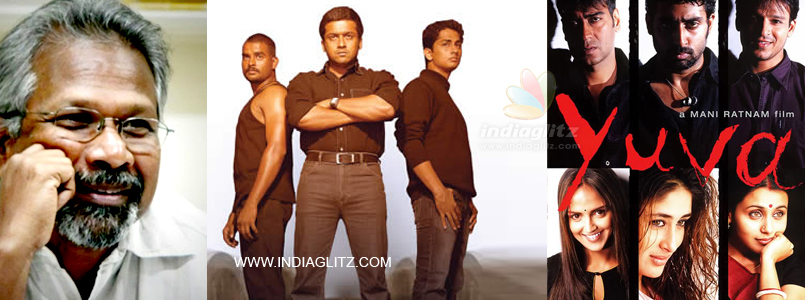
But both the films, especially the former had more authenticity as a bilingual. Aayutha Ezhuthu` and Yuva` had entirely different cast members except the female lead Esha Deol who made her debut through this film.Mani Ratnam shot the Tamil version in Chennai and the Hindi version in Kolkata.

In Raavanan` Mani Ratnam for the first time made Vikram act as the protagonist in the Tamil version and the antagonist in the Hindi version. Female lead was Aishwarya Rai who enjoys a Pan-Indian appeal. The supporting characters were played by different actors. The film was mostly shot in forests and hilly locations and hence without the identity of any particular state. Despite all these the Tamil version of the film was criticised for being distant from Tamil landscape and culture mainly due to certain locations and some cultural ethnic details captured in the film.
True bilingual success after decades
Director Gautham Menon`s recent films have been made as true bilinguals. He started the trend with Vinnaithandi Varuvaya` and Ye Maya Cheasave`. Both the films had different lead pair, music director A.R. Rahman who is common for the country and the supporting actors and locations were also entirely different. The film reaped huge success in both languages.
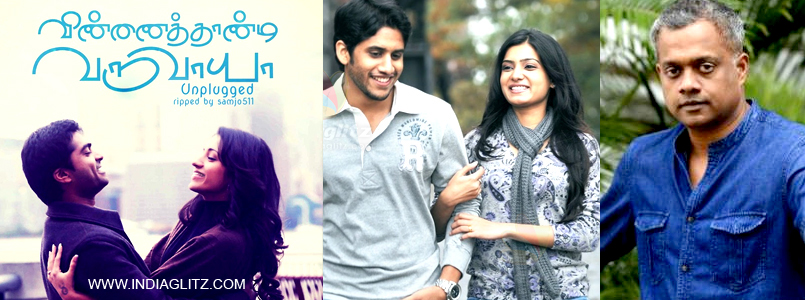
Gautham openly claimed in his interviews that he wishes to make all the films he produces in Tamil and Telugu simultaneously since he can get another producer (from Telugu) to support the fund requirement. And all of his bilinguals have proven worthy for the claim. We can safely assume that his upcoming Achcham Yenbathu Madamaiyada` and Sahasam Swasaga Sagipo` will follow suit.
Another highly acclaimed director of this generation S.S. Rajamouli has also proved he is the master of true bilinguals with his mega blockbuster Baahubali` which shattered box office records with its Tamil as well as Telugu versions. The film had Tamil actors in important supporting characters and the female leads Anushka and Tamannah were popular in both Tamil and Telugu.
Most of the scenes were shot twice in Tamil and Telugu languages despite shooting in same locations. This is one important prerequisite of a true bilingual film. But not all scenes were shot twice in this film a fact which was evident in the scenes that involved only Telugu actors. But this was only a minor problem for Tamil audience, when compared to the master class experience provided by the film.
The surge of “false” Bilinguals
Probably encouraged by Baahubali` success, many films have released in these two years have got the bilingual tag either by announcing or by making such an impression through promotions.
A historic fiction Rudhramadevi` with Anushka in the lead was publicised as a Telugu-Tamil bilingual and the name of Ilaiyaraja as the music director strengthened the impression. However not even a single shot in the film was shot twice and not even one actor even Prakash Raj who dubs on his own in every film he acts, uttered the dialogues only in Telugu and someone else had dubbed for him in the Tamil. It was clearly a Telugu dubbed film which was sold to the audience with the false impression of a bilingual. Unsure whether it was intentional or unintentional.

Follow us on Google News and stay updated with the latest!




 Follow
Follow